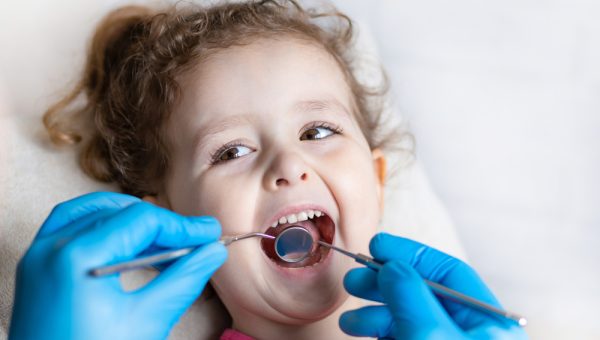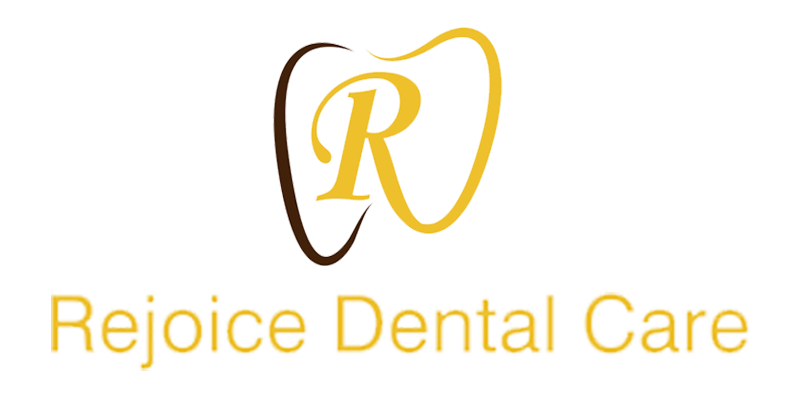Children Dentistry
Tooth decay is the most prevalent oral disease in children, and poor dental hygiene can affect their ability to sleep, eat, speak, play, and interact with others.

From brushing their first tooth to their first dental visit, here’s how you can care for your child’s teeth.
Establishing a regular toothbrushing routine is key to maintaining good dental health. Follow these guidelines to help keep your child’s teeth free from decay.
Toothbrushing Tips
Using fluoride toothpaste is essential for preventing and controlling tooth decay.
- Start brushing your baby’s teeth as soon as the first tooth appears (typically around 6 months, but this can vary).
- Parents or caregivers should brush or supervise brushing.
- Brush twice a day for about 2 minutes with fluoride toothpaste.
- Brush once before bed and once at another time during the day.
- Use children’s fluoride toothpaste with at least 1,000 ppm fluoride (check the label) or family toothpaste with 1,350–1,500 ppm fluoride.
- Apply only a smear of toothpaste for children aged 6 months to 3 years, and a pea-sized amount for those aged 3–6 years.
- Ensure children don’t swallow or lick toothpaste directly from the tube.
- After brushing, encourage them to spit without rinsing—rinsing reduces fluoride’s effectiveness. Make sure they brush for the full 2 minutes.
Tips for Helping Children Brush Properly :
- Guide your child’s hand to teach the correct brushing motion.
- Use a mirror so your child can see where the toothbrush is cleaning.
- Make brushing fun by using a 2-minute timer or turning it into a game.
- Ensure children don’t run around with a toothbrush in their mouth to prevent injuries.
Taking Your Child to the Dentist :
Take your child to the dentist when their first baby teeth appear. This helps them get familiar with the environment and allows the dentist to offer advice on preventing decay and detecting early oral health issues.

